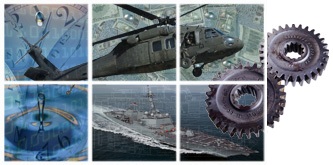The LCMS initiative studied measures for improving production planning in the U.S. shipbuilding industry. This study involved a comprehensive survey of current production practices in Tier 1 and Tier 2 shipyards and development of a TO-BE production planning environment for these shipyards.
KBSI was awarded a contract by the Louisiana Center for Manufacturing Sciences (LCMS) to study measures for improving production planning in the U.S. shipbuilding industry. The study involved a comprehensive survey of current production planning practices in Tier 1 and Tier 2 shipyards, development of a TO-BE production planning environment for these shipyards, and development of a roadmap for implementing and achieving the TO-BE vision.


